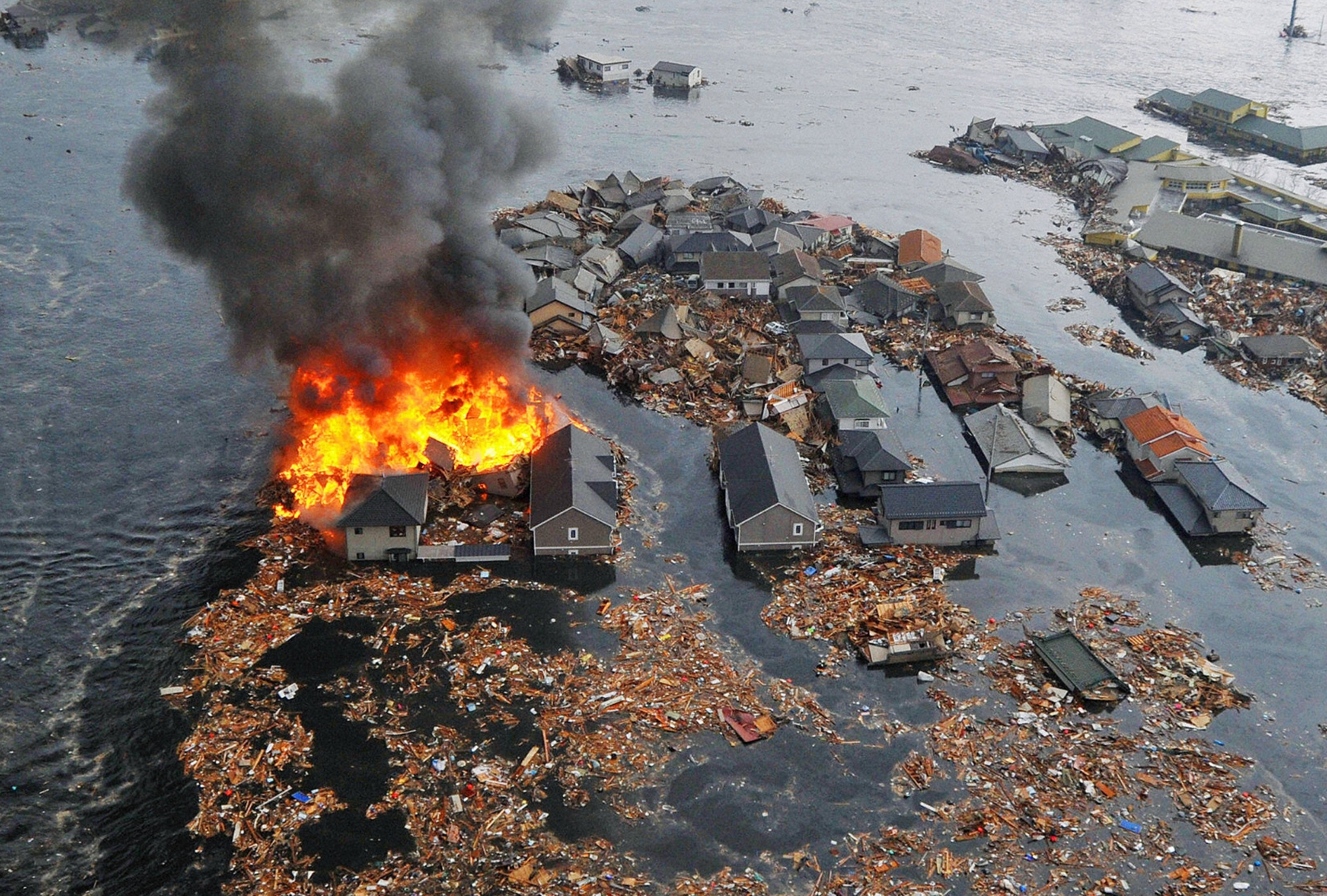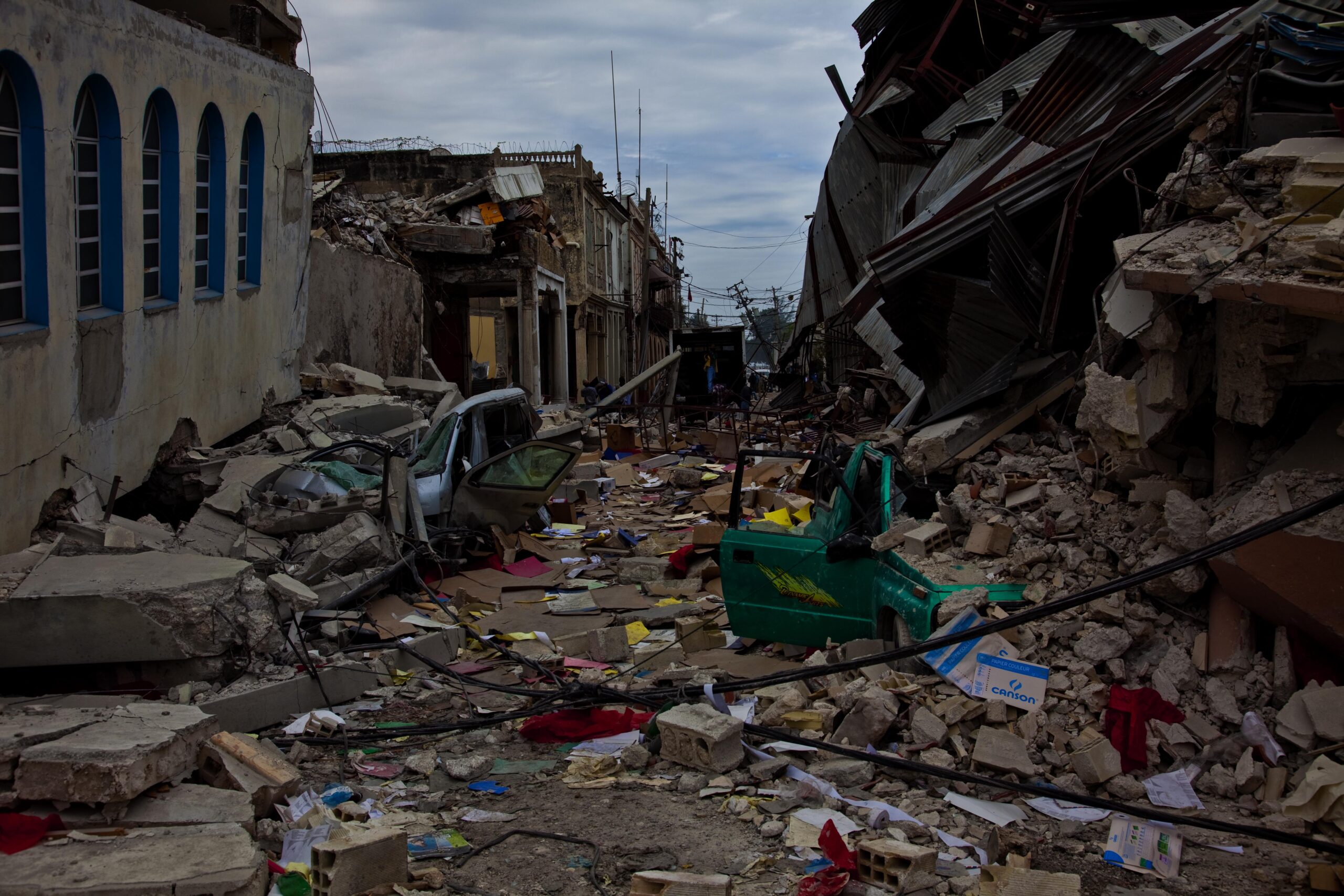How Tsunami Disaster Strikes Vanuatu and its Devastating Impact and Aftermath
Editor's Notes: "Tsunami Disaster Strikes Vanuatu: Devastating Impact And Aftermath" have published today date. Natural disasters, like tsunamis, can have devastating impacts on communities and ecosystems. This particular tsunami event in Vanuatu serves as a reminder of the importance of disaster preparedness and response. Understanding the causes, effects, and aftermath of tsunamis can help us better prepare for and mitigate their impacts in the future.
Our team of experts has spent countless hours analyzing, researching, and compiling information from various credible sources to bring you this comprehensive guide on "Tsunami Disaster Strikes Vanuatu: Devastating Impact And Aftermath." Our aim is to provide valuable insights, key takeaways, and actionable advice to help you understand and respond to such events effectively.

giant marine tsunami destroying a city 17753884 Vector Art at Vecteezy - Source www.vecteezy.com
Key Differences and Takeaways:
FAQ
This section seeks to address the most frequently asked questions regarding the devastating tsunami that struck Vanuatu. The catastrophic event left a trail of destruction, necessitating a comprehensive understanding of its impact and aftermath. Tsunami Disaster Strikes Vanuatu: Devastating Impact And Aftermath

2011 Tohoku on emaze - Source app.emaze.com
Question 1: What was the magnitude of the tsunami that hit Vanuatu?
The tsunami that struck Vanuatu was generated by a powerful underwater earthquake with a magnitude of 7.0.
Question 2: What areas of Vanuatu were most severely affected by the tsunami?
The tsunami's impact was primarily felt on the islands of Ambae and Maewo, where it caused widespread destruction and loss of life.
Question 3: What was the extent of the damage caused by the tsunami?
The tsunami caused extensive damage to infrastructure, including homes, schools, and healthcare facilities. It also triggered landslides and contaminated water sources, exacerbating the challenges faced by survivors.
Question 4: How many people were affected by the tsunami?
The tsunami affected approximately 11,000 people, displacing thousands and leaving many in desperate need of shelter, food, and clean water.
Question 5: What is being done to help those affected by the tsunami?
Both local and international organizations are providing humanitarian assistance to those affected by the tsunami. The focus is on providing immediate relief, such as shelter, food, and medical care.
Question 6: What are the long-term challenges facing Vanuatu in the wake of the tsunami?
The long-term challenges include rebuilding damaged infrastructure, restoring livelihoods, and improving disaster preparedness. Vanuatu is also working to strengthen its resilience to future natural disasters.
The tsunami that struck Vanuatu was a significant event that left a lasting impact on the country. The questions and answers provided in this FAQ section offer a deeper understanding of the disaster's magnitude, its consequences, and the ongoing efforts to provide support to those affected.
For more information and updates, please refer to the official sources and reputable news outlets providing coverage of the tsunami disaster in Vanuatu.
Tips
Tsunami Disaster Strikes Vanuatu: Devastating Impact And Aftermath
Tip 1: Stay informed and monitor official updates
Keep track of tsunami warnings and advisories issued by local authorities and reputable sources. Monitor news outlets, social media, and official websites for the latest information.
Tip 2: Evacuate immediately to higher ground
Upon receiving a tsunami warning, evacuate to higher ground immediately. Identify evacuation routes in advance and move quickly to elevated areas away from the coast. Time is crucial.
Tip 3: Stay away from coastal areas and low-lying regions
Avoid beaches, rivers, and other low-lying areas during and after a tsunami. Even small waves can be dangerous, and returning currents can trap and drown. Stay in safe, inland locations.
Tip 4: Be prepared with an emergency kit
Assemble an emergency kit containing essential supplies such as food, water, first aid, medications, and a radio. Keep it readily accessible and ensure it includes items for each family member.
Tip 5: Listen to local authorities and follow their instructions
Local authorities are best equipped to provide guidance during a tsunami. Adhere to their instructions, including evacuation orders, road closures, and any other safety measures they implement.
Tip 6: Be aware of potential aftershocks and hazards
Tsunamis can be followed by earthquakes, aftershocks, and other hazards. Be prepared for these events and follow safety precautions. Listen for official updates and avoid damaged structures.
Summary: By following these tips, individuals can enhance their preparedness and safety during a tsunami event. Stay informed, evacuate quickly, avoid hazardous areas, prepare an emergency kit, follow instructions from authorities, and be aware of potential hazards afterward.
Transition to Conclusion: As the aftermath of the Vanuatu tsunami unfolds, it is important to heed these tips and prioritize safety, providing ongoing support to the affected communities.
Tsunami Disaster Strikes Vanuatu: Devastating Impact And Aftermath
The recent tsunami that struck Vanuatu has had a devastating impact on the island nation, causing widespread damage and loss of life. In the aftermath of the disaster, relief efforts are underway to assist survivors and rebuild communities.

Rogue Wave Quiz | Tsunami waves, Waves, Cool boat names - Source www.pinterest.com
- Infrastructure destruction: Homes, schools, and businesses were destroyed by the tsunami's powerful waves.
- Loss of life: Hundreds of people were killed in the tsunami, leaving families and communities in mourning.
- Economic disruption: The tsunami has crippled Vanuatu's tourism industry and disrupted its fishing and agricultural sectors.
- Environmental damage: The tsunami has caused significant damage to Vanuatu's coral reefs and marine ecosystems.
- Displacement and evacuation: Many Vanuatuans were displaced from their homes by the tsunami, and some are still living in evacuation centers.
- Psychological trauma: Survivors of the tsunami are experiencing significant psychological trauma, and will need long-term support.
The key aspects explored above highlight the devastating impact and aftermath of the tsunami disaster that struck Vanuatu. The destruction of infrastructure, loss of life, economic disruption, environmental damage, displacement of populations, and psychological trauma are all significant challenges that the island nation must overcome in the years to come. International aid and cooperation will be vital to support Vanuatu's recovery and reconstruction efforts.

The Haiti Earthquakes Then and Now | Medical Teams International - Source www.medicalteams.org
Tsunami Disaster Strikes Vanuatu: Devastating Impact And Aftermath
On January 18, 2020, a tsunami struck the island nation of Vanuatu in the South Pacific, causing widespread devastation. The tsunami was triggered by a magnitude 7.0 earthquake that occurred near the coast of the island of Epi. The earthquake generated a powerful tsunami that struck the islands of Ambae, Pentecost, and Maewo, causing significant damage to infrastructure, homes, and businesses.

Magnitude 7.2 quake strikes Vanuatu; no tsunami threat to Philippines - Source www.gmanetwork.com
The tsunami waves were as high as 3 meters (9 feet) in some areas, and they caused widespread flooding and destruction. The tsunami also triggered landslides, which further damaged homes and infrastructure. The total cost of the damage caused by the tsunami is estimated to be in the millions of dollars.
The tsunami had a devastating impact on the people of Vanuatu. Many people lost their homes, their livelihoods, and their loved ones. The tsunami also caused significant damage to the country's infrastructure, including roads, bridges, and schools.
The Vanuatu government is working to provide assistance to the victims of the tsunami. The government is also working to rebuild the country's infrastructure and economy. The international community is also providing assistance to Vanuatu in the aftermath of the tsunami.
The tsunami that struck Vanuatu was a reminder of the power of nature. Tsunamis are a natural hazard that can cause widespread devastation. It is important for people who live in areas that are at risk of tsunamis to be aware of the risks and to take steps to prepare for a tsunami.
Table: Key Insights
| Key Insight | Explanation |
|---|---|
| Tsunamis can be triggered by earthquakes, landslides, and volcanic eruptions. | Tsunamis are waves that can travel across the ocean at speeds of up to 600 miles per hour. |
| Tsunamis can cause widespread devastation, including flooding, landslides, and destruction of infrastructure. | Tsunamis can also cause loss of life and livelihoods. |
| It is important for people who live in areas that are at risk of tsunamis to be aware of the risks and to take steps to prepare for a tsunami. | These steps include developing a tsunami evacuation plan, stockpiling emergency supplies, and staying informed about tsunami warnings. |
Conclusion
The tsunami that struck Vanuatu was a tragic event that caused widespread devastation. The tsunami is a reminder of the power of nature and the importance of being prepared for natural disasters. We must all learn from this event and take steps to reduce the risk of future tsunamis.
One way to reduce the risk of tsunamis is to plant trees along the coast. Trees can help to slow down tsunami waves and reduce their impact. We can also build seawalls and other structures to protect coastal communities from tsunamis.
It is also important to educate people about tsunamis and how to prepare for them. We must all be aware of the risks and know what to do in the event of a tsunami warning.
By taking these steps, we can help to reduce the risk of tsunamis and protect our coastal communities.
Posting Komentar